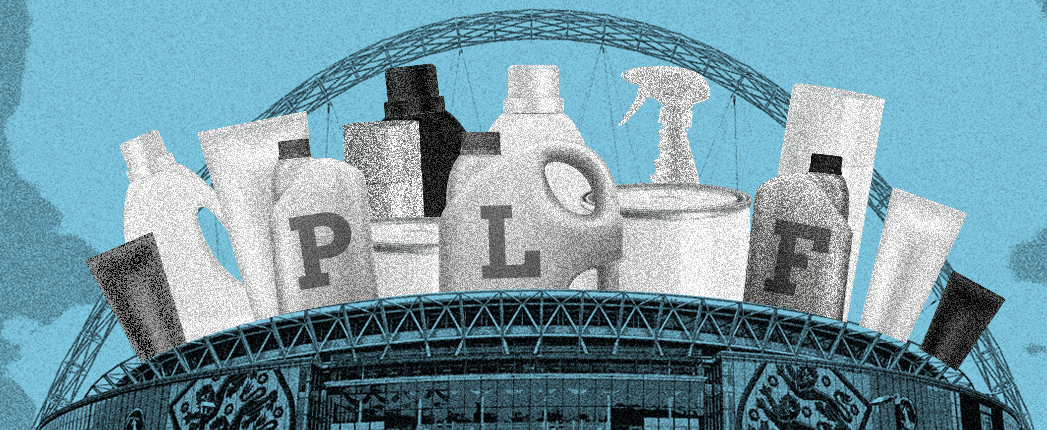
Polymers in liquid formulations are found in a vast array of products and substances, but almost none of the 36 million metric tons produced per year is recovered, something the United Kingdom’s Royal Society of Chemistry wants to change.
The RSC invited five major manufacturers that use PLFs – Afton, Croda, Crown Paints, Scott Bader and Unilever – to form a task force to find ways to improve their sustainability.
“We have gathered together some of the most important businesses in industry relevant to PLFs on our task force,” Richard Holliday, the RSC’s industry team business programs manager, told Sustainability InSite. “We hope we have put PLFs on the map as a global sustainability challenge.”
Enough PLFs are produced each year to fill the U.K.’s national sports arena Wembley Stadium 32 times over. Despite the scale of production, virtually none is recovered, said Holliday.
“Much may remain in use for many years, for example, the paint on your walls,” he said.
There are hundreds of mostly synthetic PLFs with individual chemistries often derived from extracted hydrocarbons. Their flexibility makes them useful as thickeners, emulsifiers and binders in millions of products across eight key application areas. Paints and coatings, adhesives and sealants, and inks and coatings use a combined 31 million t/y of PLFs, while the rest is taken up by agriculture, lubricants, cosmetics, cleaning products and water treatment.
They are so prevalent that the annual market for PLFs is worth U.S. $125 billion. But they are difficult to recycle, the RSC noted in a recent report.
“The fate of thousands of types of chemicals is incredibly complex, and so we are currently at a stage where we are looking at a landscape scale to maximize improvements to the sustainability of PLFs.”
To tackle the problem, the RSC recommends innovation, such as in developing natural or bio-based alternatives; creating a circular economy by finding ways to reuse waste PLFs; and improving waste management.
“As a group, PLFs are produced at a huge scale, but there is little coordinated effort looking into their potential environmental impacts,” said Holliday.
Unlike used lubricants, which have an established collection rerefining sector, there is no such system for PLFs. As with single-use plastics, which are also polymers, PLFs are manufactured, used and then disposed of. This leaves behind a substantial carbon and waste footprint, said Holliday.
The volume of PLFs used in lubricants, about 400,000 t/y, is relatively small compared with the 21.6 million t/y in paints and coatings. But Holliday thinks lubricant companies still contribute to solving the problem.
“All businesses can play a bigger role in tackling this challenge by sharing examples of innovation in their industry to inspire others and facilitate knowledge sharing between markets.”

Sorry, a technical error occurred and we were unable to log you into your account. We have emailed the problem to our team, and they are looking into the matter. You can reach us at lubesngreases@omeda.com.
Click here link to homepage